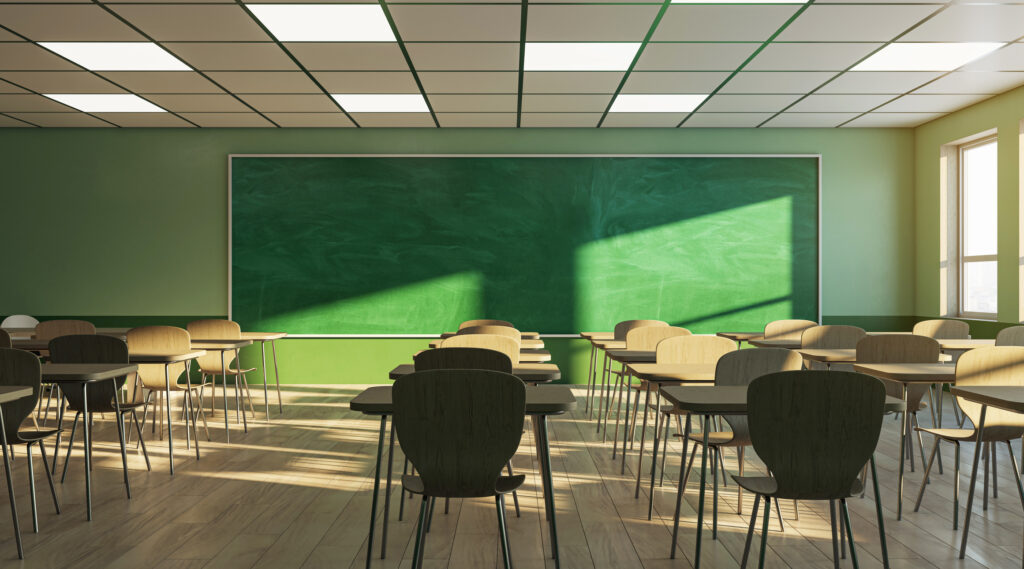In 1990, Wisconsin passed the Milwaukee Parental Choice Program (MPCP), a voucher plan establishing the nation’s first private school choice program. MPCP granted vouchers to approximately 28,000 children from low-income families to attend private schools during the 2016–17 school year. Wisconsin is also home to several other school choice programs, including the Wisconsin Parental Choice Program, a statewide voucher program for low-income students.
According to the Wisconsin Institute for Law and Liberty’s (WILL) study, titled “Apples to Apples: The Definitive Look at School Test Scores in Milwaukee and Wisconsin,” “Private schools in the choice programs and public charter schools in Milwaukee and Wisconsin perform significantly better on the ACT and [Wisconsin’s state assessment] than traditional public schools when a proper apples-to-apples comparison is made. This means, when things like poverty, race, and English language learners are taken into account and properly controlled for, we are finding that student outcomes on test scores are simply better in the private and charter sector as opposed to traditional public schools.
“Private schools in the MPCP significantly outperform traditional Milwaukee Public Schools (MPS),” the study states. “On [Wisconsin’s state assessment], students in the MPCP were approximately 5 percent more likely to be proficient in English/Language Arts and about 4 percent more likely to be proficient in Math. On the ACT, students in the MPCP score, on average, 2.8 points higher than students in traditional public schools.”
Children in charter schools also have higher academic proficiency rates than MPS, the study reported.
‘This Study Is Unique’
Tommy Schultz, national communications director for the Federation for Children, says WILL’s study is different from others because it shows how school choice affects the neediest children.
“There are many studies and testimonials that illustrate the positive impact of school choice, but this study is unique in its specific breakdown of how this is impacting children from low-income families and closing the achievement gap,” Schultz said.
Will Flanders, WILL’s research director and the study’s author, says the study provided data not previously available.
“Until this year in Wisconsin, we had no data on race and socioeconomic status, but part of the additional reporting requirements for schools last year included these data,” Flanders said. “We loaded all these data into an econometric regression model and isolated the effect of the school itself, so we controlled for those aspects.”
Religion Matters
The “Apples to Apples” study found students enrolled in private religious schools were 7 percent more likely to be proficient in math and 14 percent more likely to be proficient in English than MPS students.
Flanders says teaching morals plays a role in student success.
“The people who run [religious schools] know how to run them well,” said Flanders. “These schools have the ability to instill moral values, something that is somewhat absent in traditional and nonreligious choice schools. They can actually call to a moral authority in explaining to a kid why they have to behave in class and listen to the teacher.”
Schultz says it’s important religious schools remain a legal option for students using choice programs.
“This is an important reason why religious schools must be one of the options available to parents,” Schultz said. “The U.S. Supreme Court and many state courts have found that these programs are constitutional and do not violate the separation of church and state because the parent, rather than the government, is choosing the school that receives these educational funds.”
Choice ‘Creaming’ Myth
The study found Wisconsin public specialty schools, which cater to gifted students, are not in fact better than traditional MPS.
“When schools’ race and socioeconomic status are taken into account, specialty schools perform no better than neighborhood MPS schools and are outperformed significantly by the MPCP average,” the study says. “The reason? MPS’ specialty schools—many of which have admissions policies—are more affluent and ‘white’ than the rest of MPS, MPCP, and charter schools.”
Voucher and charter schools in Wisconsin must accept all students who apply, up to their enrollment limits. Any relegated to a waiting list must be admitted via lottery. Flanders says this finding on specialty schools is further evidence of the worth of private school choice programs.
“I think one of the biggest counterarguments we hear on choice is that of ‘creaming the crop,’ taking the best kids from the available population,” Flanders said. “Specialty schools have application procedures and requirements. Wisconsin public schools will hold these up as great performers, but then they cream the crop. These kids are going to have better test scores because [their schools] are taking the best kids.”
Choice ‘Closing the Education Gap’
Shultz says Wisconsin is a microcosm of school choice’s national potential.
“This study shows how school choice is closing the education gap in Wisconsin and illustrates the successes we have seen across the country,” Schultz said. “Having a wide array of educational options directly benefits students and is convincing to legislators who are looking for ways to improve education in an impactful way.”
Flanders says choice programs should be open to more families.
“We have building evidence that charters are working,” Flanders said. “Therefore, we need to get as many students in them as possible. Having 1 percent too high of an income shouldn’t be an impediment to a parent accessing the best educational options for their child.”
Jenni White ([email protected]) writes from Oklahoma City, Oklahoma.
INTERNET INFO:
Will Flanders, “Apples to Apples: The Definitive Look at School Test Scores in Milwaukee and Wisconsin,” Wisconsin Institutes for Law and Liberty, March 2017: https://heartland.org/publications-resources/publications/apples-to-apples-the-definitive-look-at-school-test-scores-in-milwaukee-and-wisconsin



